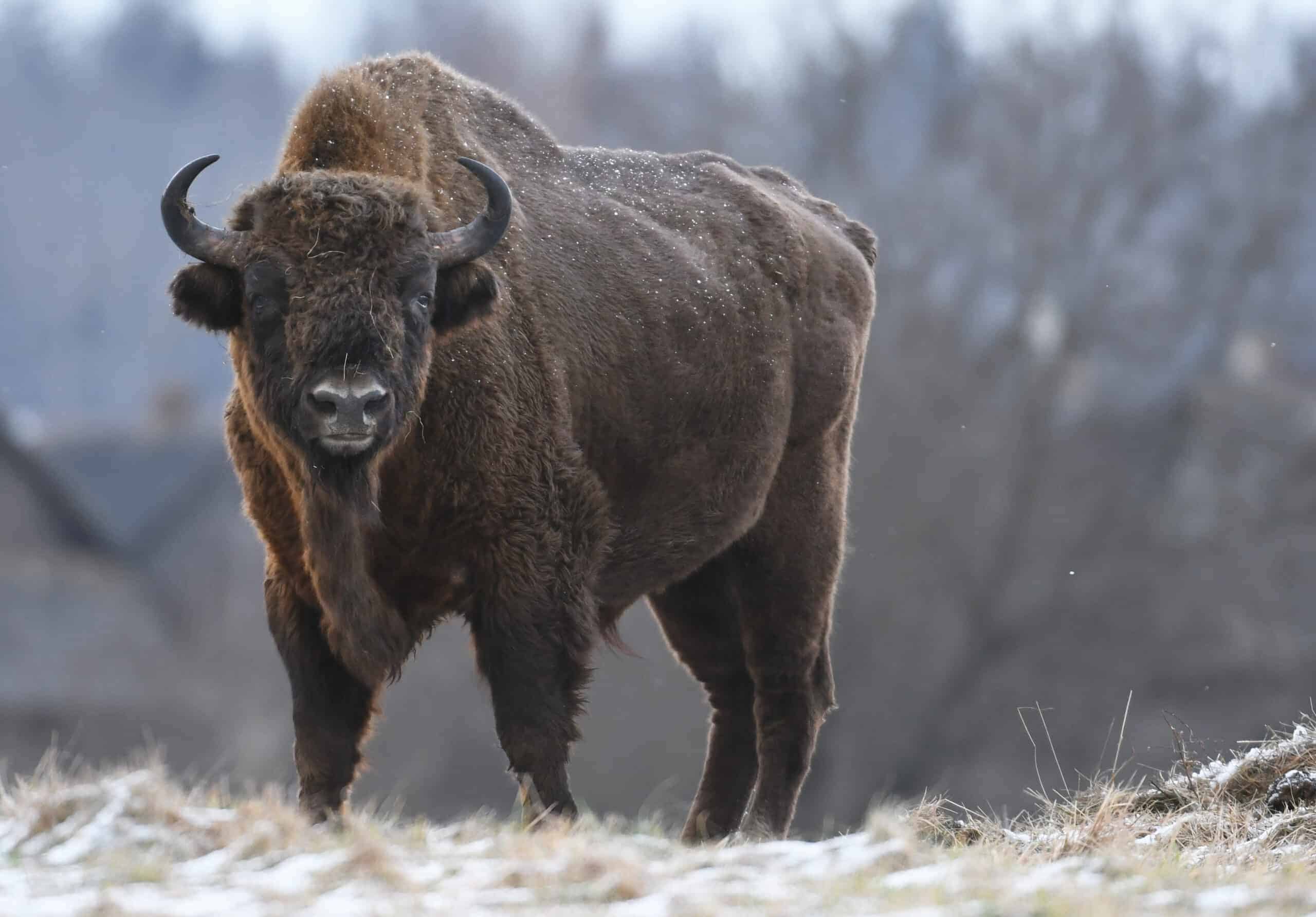marydilip.info – Pada tahun 1997, dunia dikejutkan dengan penemuan suara aneh yang dikenal dengan nama The Bloop. Suara ini tercatat oleh National Oceanic and Atmospheric Administration (NOAA) dan langsung menjadi topik perbincangan di kalangan ilmuwan, penggemar misteri, dan para peneliti. Dengan intensitas yang luar biasa besar, suara ini terdengar sangat jauh di bawah permukaan laut. Di marydilip.info, kita akan membahas lebih dalam mengenai The Bloop dan mencoba mengungkap apakah suara ini merupakan mitos atau kenyataan yang menyimpan kebenaran ilmiah di baliknya.
Apa Itu The Bloop?
Penemuan yang Menggugah Dunia Ilmiah
Suara The Bloop pertama kali terdeteksi pada tahun 1997 oleh NOAA, yang menggunakan teknologi pendeteksi suara bawah laut yang canggih. Suara ini memiliki frekuensi rendah yang sangat kuat, bahkan lebih besar dari kebanyakan suara yang dihasilkan oleh hewan laut besar. Keanehan dari suara ini adalah bahwa meskipun terdengar di seluruh penjuru dunia, asal usul suara tersebut tidak dapat dijelaskan dengan jelas pada saat itu.
Karakteristik Suara The Bloop
Suara The Bloop sangat unik karena frekuensinya yang rendah dan kemampuannya untuk menempuh jarak jauh di bawah laut. Suara ini lebih mirip dengan ledakan atau dentuman besar daripada suara yang dihasilkan oleh makhluk laut atau fenomena alam biasa. Keanehan ini menimbulkan berbagai pertanyaan mengenai asal-usul suara tersebut dan apakah ada makhluk atau fenomena lain yang menjadi penyebabnya.
Teori-Teori Mengenai Asal Usul The Bloop
Teori Makhluk Laut Raksasa
Salah satu teori yang pertama kali muncul adalah bahwa The Bloop berasal dari makhluk laut raksasa yang belum ditemukan. Beberapa pihak menduga bahwa suara ini bisa berasal dari sebuah spesies paus atau makhluk laut besar lainnya yang menghasilkan suara dengan intensitas besar. Meskipun terdengar menarik, teori ini dianggap tidak sepenuhnya logis, karena suara dengan frekuensi rendah yang sangat kuat biasanya tidak dihasilkan oleh hewan laut yang dikenal.
Teori Aktivitas Geologi Bawah Laut
Teori lain yang mengemuka adalah bahwa suara The Bloop mungkin terkait dengan aktivitas geologi bawah laut, seperti letusan gunung berapi bawah laut atau pergeseran lempeng tektonik. Aktivitas geologi semacam ini dapat menghasilkan suara dengan intensitas yang sangat besar dan frekuensi rendah, yang mirip dengan suara yang terdeteksi oleh NOAA. Meskipun demikian, tidak ada bukti yang cukup untuk mendukung teori ini.
Teori Makhluk Laut yang Belum Dikenal
Beberapa ilmuwan berpendapat bahwa The Bloop mungkin berasal dari makhluk laut yang belum kita kenal. Mengingat bahwa sekitar 80% lautan dunia masih belum dipetakan, ada kemungkinan besar bahwa masih banyak spesies yang belum ditemukan. Jika ini benar, The Bloop bisa jadi berasal dari makhluk yang belum teridentifikasi oleh manusia. Teori ini menambah dimensi misterius terhadap fenomena ini.
Dampak The Bloop Terhadap Penelitian Lautan
Meningkatkan Minat dalam Eksplorasi Laut
Penemuan The Bloop memicu minat yang lebih besar terhadap eksplorasi laut dalam. Dengan sebagian besar lautan dunia yang masih misterius, fenomena seperti The Bloop mengingatkan kita bahwa masih banyak yang belum kita ketahui tentang kedalaman laut dan kehidupan yang ada di sana. Ini juga mendorong para ilmuwan untuk lebih berinvestasi dalam teknologi yang dapat menggali lebih dalam tentang dunia bawah laut.
Kemajuan Teknologi dalam Penelitian Laut
Sejak penemuan suara ini, teknologi untuk memantau suara bawah laut telah berkembang pesat. Alat-alat seperti hydrophone dan perangkat deteksi lainnya menjadi lebih canggih, memungkinkan ilmuwan untuk menangkap suara-suara yang lebih halus dan bahkan mendeteksi fenomena yang sebelumnya tidak dapat dijangkau. Dengan kemajuan ini, banyak ilmuwan berharap bisa mengungkap lebih banyak rahasia yang tersembunyi di kedalaman laut.
Kesimpulan: Mitos atau Kenyataan?
The Bloop tetap menjadi salah satu fenomena terbesar yang belum terpecahkan dalam ilmu kelautan. Meskipun banyak teori yang dikemukakan, hingga saat ini belum ada penjelasan yang pasti mengenai asal usul suara ini. Apakah suara ini berasal dari makhluk laut yang belum ditemukan, aktivitas geologi bawah laut, atau bahkan fenomena alam lain yang belum kita pahami? Jawaban pasti masih menjadi misteri.
Namun, satu hal yang pasti adalah bahwa The Bloop telah menginspirasi banyak orang untuk mengeksplorasi lebih dalam dunia kelautan. Kita hanya bisa berharap bahwa dengan kemajuan teknologi dan penelitian, suatu hari nanti kita akan menemukan jawaban dari suara misterius ini.
Untuk pembahasan lebih lanjut mengenai fenomena alam dan misteri dunia lainnya, kunjungi marydilip.info.



